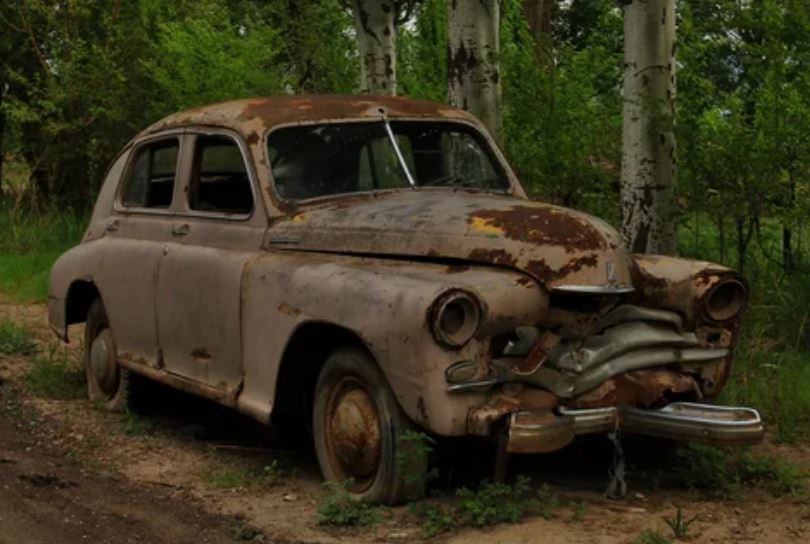Dealing with an abandoned vehicle on your property or in your neighborhood can be frustrating and even problematic. Whether it’s blocking your driveway, deteriorating in a vacant lot, or sitting idle on the street, taking the right steps to remove it legally and safely is essential. In this guide, we’ll walk you through the process of removing an abandoned vehicle while ensuring compliance with local regulations and promoting environmentally responsible disposal.
If you’re located in South Australia, working with professional services like cash for scrap cars in Adelaide can simplify the process—especially if the vehicle has no resale value and is better off being recycled.
What Is an Abandoned Vehicle?
An abandoned vehicle is typically one that has been left unattended for an extended period without a valid registration, often in a public space or private property. Common signs include:
- Flat tires
- Broken windows
- No license plates or expired tags
- Visibly deteriorating condition
Before taking action, it’s important to be certain the vehicle is indeed abandoned and not simply parked legally or temporarily stored.
Step 1: Confirm Ownership and Legal Standing
The first step is to check who owns the vehicle. Never attempt to remove a vehicle that doesn’t belong to you without following legal channels. Contact your local council or transport authority and provide the car’s location, description, and license plate number (if available). They may conduct an investigation to identify the registered owner.
If the vehicle is on private property, property owners may have more control, but still must follow specific procedures to remain compliant with local laws.
Step 2: Notify the Appropriate Authorities
Once you’ve confirmed the vehicle is abandoned, report it to your local authority. Councils typically require:
- A detailed description of the vehicle
- The exact location
- Duration it has been abandoned
- Any visible signs of damage or disrepair
Local authorities often place a notice on the vehicle informing the owner that it will be removed if not claimed within a specified time—often 7 to 14 days.
Step 3: Wait for the Investigation Period
After reporting, you may need to wait a few days to a few weeks, depending on the local government’s processing time. During this period, they attempt to notify the vehicle owner and may inspect the vehicle. If no one comes forward, they may authorize its removal.
In some cases, you might be required to file a formal complaint or provide photos as supporting evidence. Be patient and follow up as needed to stay informed.
Step 4: Understand Towing and Removal Procedures
Once the removal is authorized, the council or a licensed towing company typically handles the removal. If you’re responsible for arranging the removal (especially on private property), ensure you work with a reputable and licensed towing company.
At this point, working with services like free car removals in Adelaide becomes an excellent option if the vehicle is damaged beyond repair or deemed worthless. These companies offer free towing and even pay for the scrap value of the vehicle, making the process hassle-free.
Step 5: Ensure Environmentally Friendly Disposal
Disposing of a car properly ensures you comply with environmental standards and regulations. Many auto recyclers remove hazardous fluids, safely dispose of batteries, and recycle as many parts as possible to reduce landfill waste.
Choose a car removal service that adheres to environmental compliance and can provide a certificate of disposal for added peace of mind.
Step 6: Document the Process
Keep all correspondence, reports, and documents related to the vehicle’s removal. This includes:
- Photos of the vehicle
- Notices issued by local authorities
- Towing or removal receipts
- Certificates of disposal or sale
This documentation may be useful in case of any legal questions or disputes in the future.
What If the Vehicle Is on Private Property?
If the abandoned vehicle is on your private property:
- You still need to notify authorities to avoid legal liabilities.
- You may be allowed to post your own removal notice.
- If unclaimed, you can then arrange for removal yourself, often through a licensed scrap removal service.
Check with your local laws to understand your rights and responsibilities.
Conclusion
Removing an abandoned vehicle involves a balance of patience, legal compliance, and environmental responsibility. From identifying ownership to arranging proper disposal, each step plays a vital role in protecting your property and community.
If the vehicle in question is no longer roadworthy and you’re seeking a quick and eco-friendly solution, partnering with reliable services such as cash for scrap cars Adelaide can help ease the burden. With the right steps and professional support, clearing out an unwanted vehicle can be a straightforward, responsible task.



